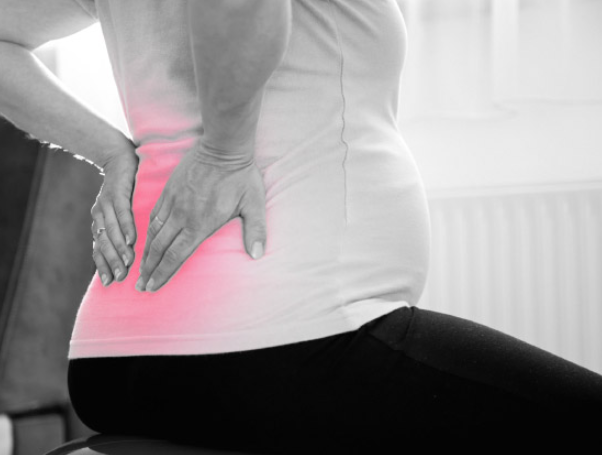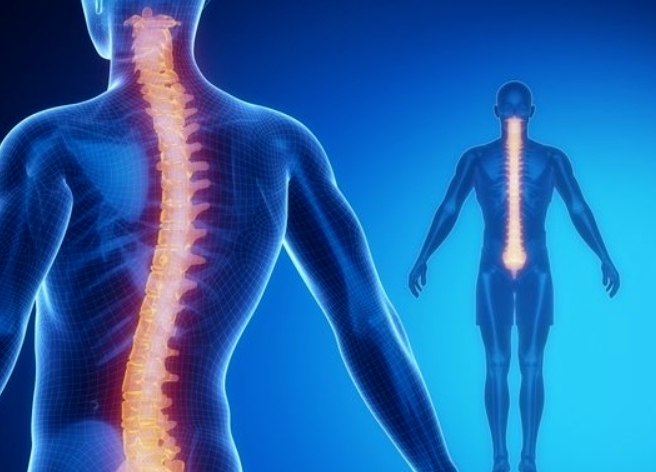
Thoracic pain, or pain in the upper and middle part of the back, can be a troubling experience. Understanding its causes and knowing when to seek specialist care is crucial for effective treatment.
Let’s look at the common causes of thoracic pain, guide you on when to seek specialist care for thoracic pain treatment.
Common Causes of Thoracic Pain
Muscle Strain
One of the most common causes of thoracic pain is muscle strain. This often occurs due to poor posture, heavy lifting, or sudden movements. People who sit for long periods, especially with poor ergonomic setups, are particularly susceptible.
Herniated Discs
A herniated disc in the thoracic spine can cause significant pain. This condition happens when the soft material inside a disc pushes out through a tear in the tougher exterior. The pressure on the surrounding nerves can lead to sharp pain, numbness, or weakness.
Osteoarthritis
Osteoarthritis can affect the thoracic spine, causing pain due to the degeneration of cartilage between the joints. This condition is more common in older adults and can lead to stiffness and discomfort.
Fractures
Thoracic fractures, often resulting from trauma or osteoporosis, are another cause. These fractures can cause intense pain and require immediate medical attention.
Scoliosis
Scoliosis, a curvature of the spine, can also lead to thoracic pain. This condition can put extra stress on the muscles and bones of the thoracic region, causing chronic discomfort.
Other Causes
Other potential causes include infections, tumors, and inflammatory conditions like ankylosing spondylitis. These are less common but can be serious and require prompt diagnosis and treatment.
When to Seek Specialist Care
Persistent Pain
If your thoracic pain persists for more than a few weeks, it is time to consult a specialist. Persistent pain may indicate a more serious underlying condition that requires professional evaluation.
Severe Symptoms
Seek immediate care if you experience severe symptoms, such as sudden onset of intense pain, difficulty breathing, or loss of bladder or bowel control. These could be signs of a medical emergency, such as a spinal cord injury or serious infection.
Neurological Symptoms
Symptoms like numbness, tingling, or weakness in your arms or legs should prompt you to see a specialist. These symptoms can indicate nerve involvement and require specialized treatment.
Impact on Daily Activities
If thoracic pain is significantly impacting your daily activities and quality of life, seeking specialist care is advisable. Early intervention can help manage pain more effectively and prevent further complications.
If you experience persistent, severe, or disabling pain, do not hesitate to consult a thoracic specialist. Early diagnosis and intervention can significantly improve your quality of life and prevent further complications.
Visit our website, Hesch Institute to get more information related to it!




 RSS Feed
RSS Feed